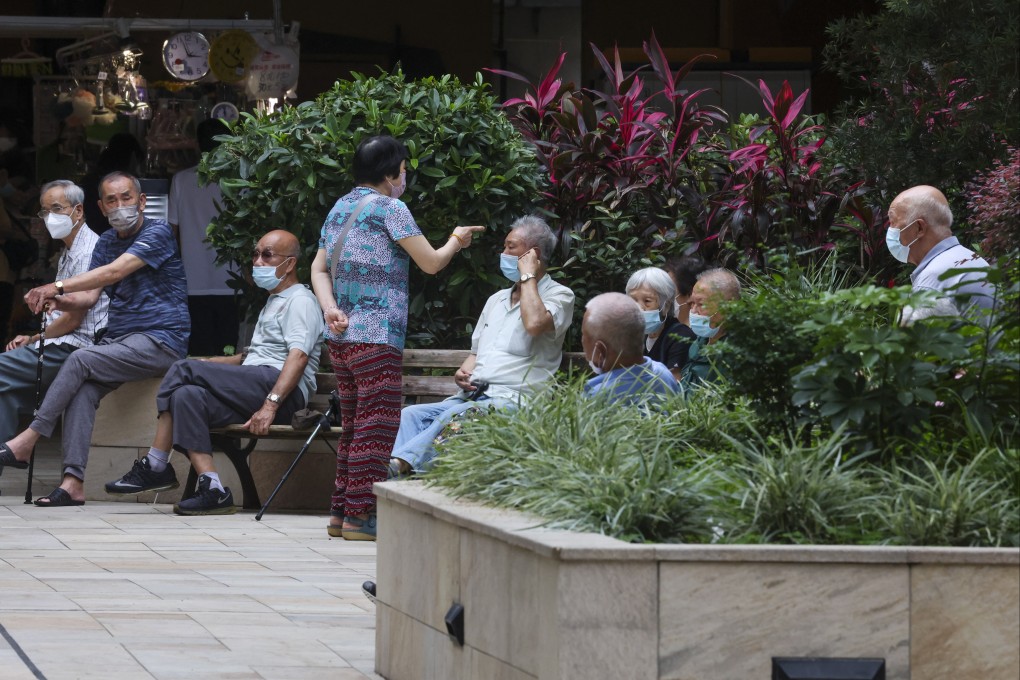Live music to return to Hong Kong venues, possible increase in cap on public gatherings from 4 to 12
- ‘On the road to normalcy, we hope we won’t go back and forth when we roll out policies,’ Undersecretary for Health Libby Lee says
- Authorities concerned about rise in imported cases after mandatory hotel quarantine for arrivals was dropped in late September, insider says

Live performances in Hong Kong entertainment venues will restart from next week and authorities are considering increasing the cap on public gatherings to 12 people, up from the four allowed at present, as coronavirus infection numbers stabilise.
The announcement on Thursday came as health officials confirmed 5,622 infections, including 387 imported ones, and eight more related deaths. The last time the daily number of cases broke the 5,000 mark was on September 24.
Undersecretary for Health Libby Lee Ha-yun said officials would follow several principles in further opening up the city, including limiting the effects of a possible rebound in cases, such as the burden on the public healthcare system, and prioritising policies that benefited the economy.
“On the road to normalcy, we hope we won’t go back and forth when we roll out policies,” she said. “We hope to relax our policies in an orderly manner and closely monitor the impact on the epidemic after relaxation, and review it every two weeks.”
From October 20, restaurants, bars, nightclubs, hotels and other types of venues would be allowed to host live performances, provided the entertainers took polymerase chain reaction (PCR) tests twice a week and a rapid antigen test (RAT) on the day of the show, Lee said. Performers must also wear masks and maintain physical distance from the audience as much as possible, she added.
But any relaxation of the cap on public gatherings, kept at four people almost since the pandemic started, would only take effect once officials reviewed the anti-pandemic ordinance, Lee maintained.
